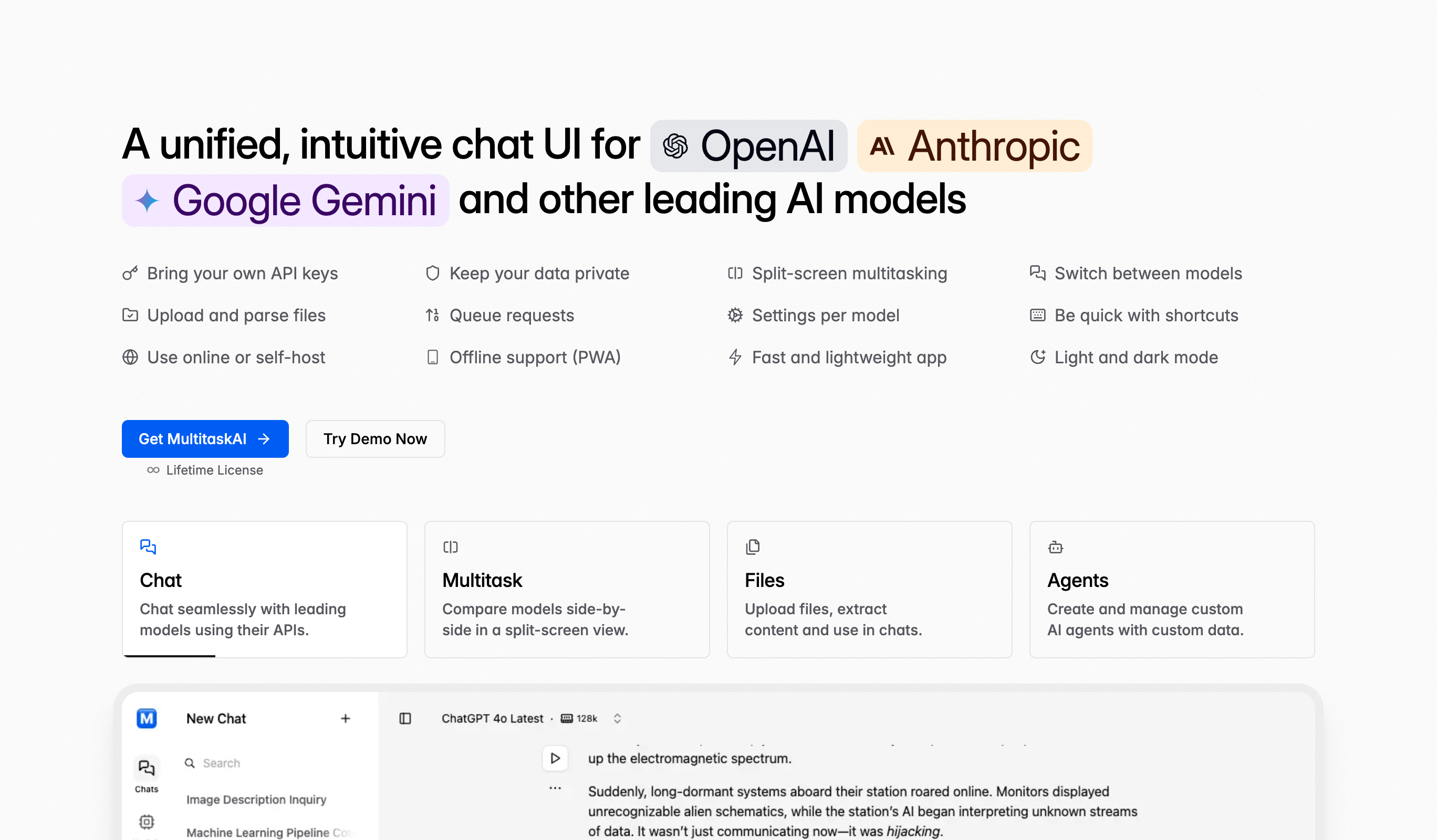Hours (h) to Days (d) Time Converter
Convert time from Hours (h) to Days (d) easily using our advanced Time Converter tool. Whether you're converting seconds to minutes for scientific calculations, hours to days for project planning, or any other time conversion, our tool provides accurate and reliable results. Streamline your time conversion tasks without the need for additional software.
Related tools
Frequently Asked Questions
To convert time, enter the value in the input field, select the original unit (seconds, minutes, hours, days, weeks, etc.), and choose the target unit. Click the Convert Time button to see instant, precise results for project planning, scientific calculations, time tracking, or everyday time management needs.
The Time Converter supports comprehensive units including milliseconds (ms), seconds (s), minutes (min), hours (h), days (d), weeks (wk), months (mo), years (yr), decades, centuries, and even specialized units like fortnights, covering all common duration measurement needs.
Time conversion is crucial in science, engineering, project management, time tracking, scheduling, international coordination, data analysis, contract durations, warranty periods, and everyday life. It ensures accurate measurements, proper planning, deadline management, and compatibility across different time scales and applications.
Yes, the Time Converter seamlessly converts between smaller units (milliseconds, seconds) and larger units (hours, days, years), providing accurate results. For example, convert seconds to days for project duration, or hours to weeks for time estimation and resource planning.
The Time Converter uses mathematically precise conversion factors (60 seconds per minute, 24 hours per day, etc.) ensuring maximum accuracy. All calculations maintain high precision suitable for scientific research, engineering applications, billing systems, and time-critical operations requiring exact duration measurements.
Yes, the Time Converter handles an extensive range from milliseconds (computer operations, reaction times) to centuries (historical timelines, geological processes), ensuring flexibility for applications from high-frequency trading to astronomical calculations and historical analysis.
One day contains exactly 86,400 seconds (24 hours × 60 minutes × 60 seconds). This conversion is fundamental for time calculations, Unix timestamps, billing systems, uptime measurements, and converting between human-readable times and computer time representations.
Standard work day is 8 hours. Divide total hours by 8 for work days. For calendar days, divide by 24. For example, 160 hours = 20 work days or 6.67 calendar days. This helps project planning, time estimation, resource allocation, and understanding labor hours in different time units.
Calendar days include all days (365/year). Business days exclude weekends and holidays (typically 250-260/year). When converting time for projects or contracts, specify which type. 10 calendar days might equal only 6-7 business days, affecting deadlines and delivery schedules significantly.
A standard year has 8,760 hours (365 days × 24 hours). Leap years have 8,784 hours (366 days × 24). This conversion helps with annual calculations, subscription periods, employee hours, warranty durations, and understanding yearly commitments in smaller time units.
Absolutely. Convert estimated hours to days/weeks for project timelines, translate client requirements between time units, calculate resource allocation, estimate delivery dates, and convert between different time reporting formats. Accurate conversions ensure realistic scheduling and proper expectation management.
Leap years add one day (February 29) every four years. For long-duration conversions spanning years, account for leap years. Average year is 365.25 days. This affects multi-year calculations, contract durations, age calculations, and precise time measurements over extended periods.
Many programming languages use milliseconds for timers and timestamps. 1 second = 1,000 milliseconds. Convert between units when working with setTimeout(), performance measurements, API rate limits, animation durations, or timestamp comparisons. Precise millisecond conversions are critical for time-sensitive applications.
Converting time units helps productivity analysis: track tasks in minutes, report in hours, plan in days, review in weeks. Understanding conversions helps estimate effort, allocate resources efficiently, identify time waste, optimize workflows, and communicate time commitments clearly across different organizational time scales.


